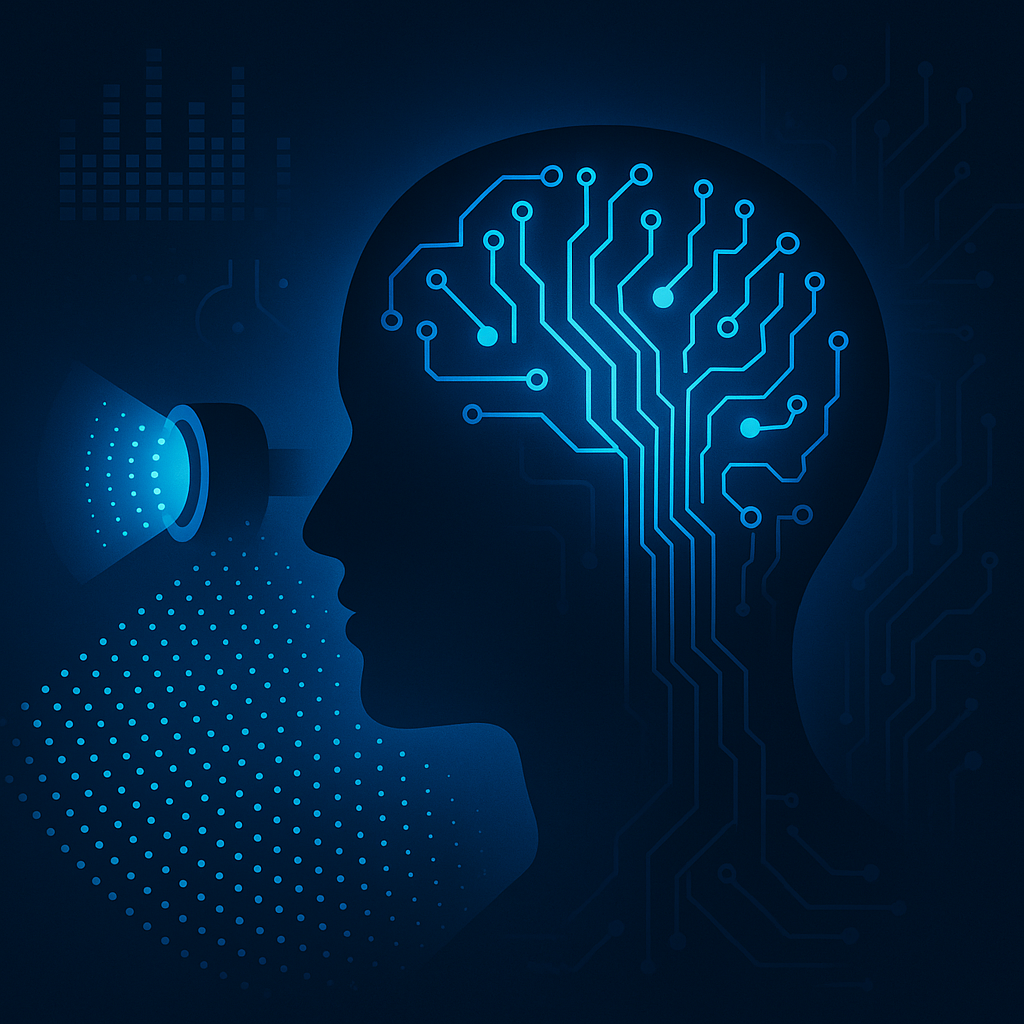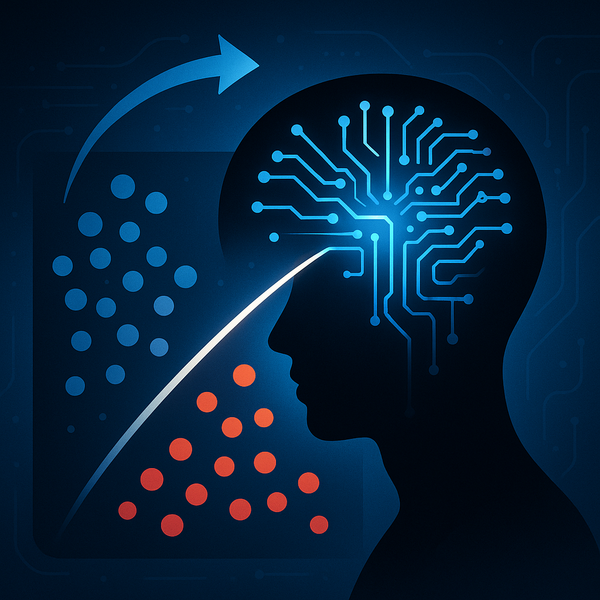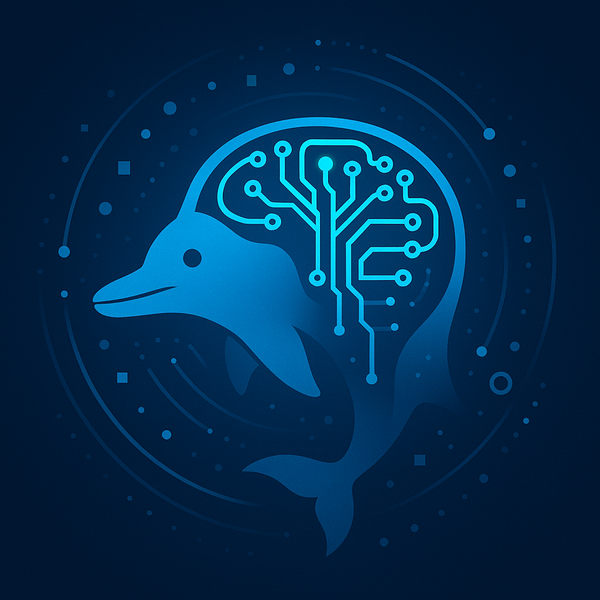FLASH: Sharper 3D from Cheaper LiDAR—In Real Time

LiDAR lets cars "see" the world, but low-cost sensors often produce sparse, blurry 3D points. This study introduces FLASH, a method that turns low-res scans into high-detail 3D—fast enough for real-time use.
How it works
- Two domains, one model: FLASH looks at data in space and in frequency (via FFT). That means it captures fine shapes and the LiDAR’s repeating scan patterns.
- Smarter feature fusion: Instead of simple skip connections, it learns, per location, which details to keep. Built-in attention (CBAM) boosts the most useful cues.
Why it matters
- State-of-the-art quality: On the KITTI benchmark, FLASH beats recent methods, including those that rely on multiple stochastic passes.
- Single-pass speed: No Monte Carlo dropout loops—just one forward pass, enabling real-time deployment on autonomous systems.
- Works across distances: Maintains accuracy near and far, handling uncertainty by design.
Paper by June Moh Goo, Zichao Zeng, and Jan Boehm. Read more: http://arxiv.org/abs/2511.07377v1
Paper: http://arxiv.org/abs/2511.07377v1
Register: https://www.AiFeta.com
#LiDAR #3DPerception #ComputerVision #AutonomousVehicles #Robotics #FFT #DeepLearning #SuperResolution #RealTime #KITTI




